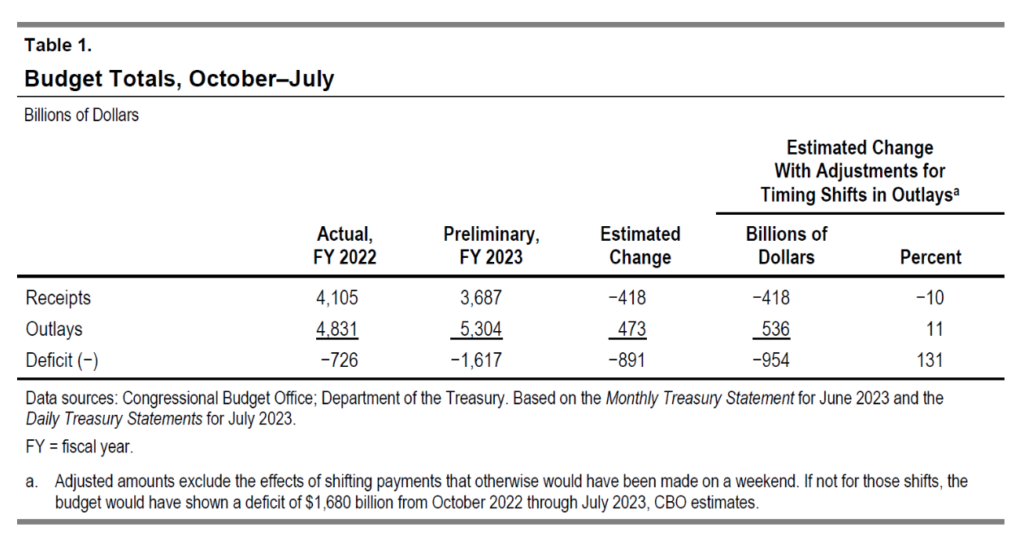The Fed may have saved the economy by hiking rates for 18 months—and may have guaranteed crisis for emerging markets
On July 26, 2023, the Federal Reserve announced another quarter-point hike. That means U.S. rates have now gone up 5.25 percentage points over the past 18 months. While inflation is now coming down in the U.S., the aggressive monetary policy may also be having significant longer-term impact on countries across the world, especially in developing countries. And that isn’t good.
I study how economic phenomena such as banking crises, periods of high inflation and soaring rates affect countries around the world and believe this prolonged period of higher U.S. interest rates has increased the risk of economic and social instability, especially in lower-income nations.
Ripples around the world
Monetary policy decisions in the U.S., such as raising interest rates, have a ripple effect in low-income countries – not least because of the central role of the dollar in the global economy. Many emerging economies rely on the dollar for trade, and most borrow in the U.S. dollar – all at rates influenced by the Federal Reserve. And when U.S. interest rates go up, many countries – and especially developing ones – tend to follow suit.
This is largely out of concern for currency depreciation. Raising U.S. interest rates has the effect of making American government and corporate bonds look more attractive to investors. The result is footloose foreign capital flows out of emerging markets that are deemed riskier. This pushes down the currencies of those nations and prompts governments in lower-income nations to scramble to mirror U.S. Federal Reserve policy. The problem is, many of these countries already have high interest rates, and further hikes limit how much governments can lend to expand their own economies – heightening the risk of recession.
Then there is the impact that raising rates in the U.S. has had on countries with large debts. When rates were lower, a lot of lower-income nations took on high levels of international debt to offset the financial impact of the COVID-19 pandemic and then later the effect of higher prices caused by war in Ukraine. But the rising cost of borrowing makes it more difficult for governments to cover repayments that are coming due now. This condition, called “debt distress,” is affecting an increasing number of countries. Writing in May 2023, when he was still president of the World Bank, David Malpass estimated that some 60% of lower-income countries are in or high risk of entering debt distress.
More broadly, any attempt to slow down growth to lower inflation in the U.S. – which is the intended aim of raising interest rates – will have a knock-on effect on the economies of smaller nations. As borrowing costs in the U.S. increase, businesses and consumers will find themselves with less cheap money for all goods – domestic or international. Meanwhile, any fears that the Fed has pulled on the brakes too quickly and is risking recession will suppress consumer spending further.



